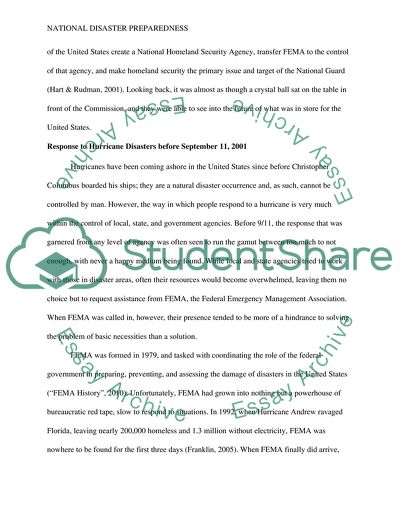Cite this document
(“National Disaster Preparedness: How September 11, 2001 changed the way Research Paper”, n.d.)
Retrieved from https://studentshare.org/social-science/1581889-described-in-the-instructions-see-below
Retrieved from https://studentshare.org/social-science/1581889-described-in-the-instructions-see-below
(National Disaster Preparedness: How September 11, 2001 Changed the Way Research Paper)
https://studentshare.org/social-science/1581889-described-in-the-instructions-see-below.
https://studentshare.org/social-science/1581889-described-in-the-instructions-see-below.
“National Disaster Preparedness: How September 11, 2001 Changed the Way Research Paper”, n.d. https://studentshare.org/social-science/1581889-described-in-the-instructions-see-below.


